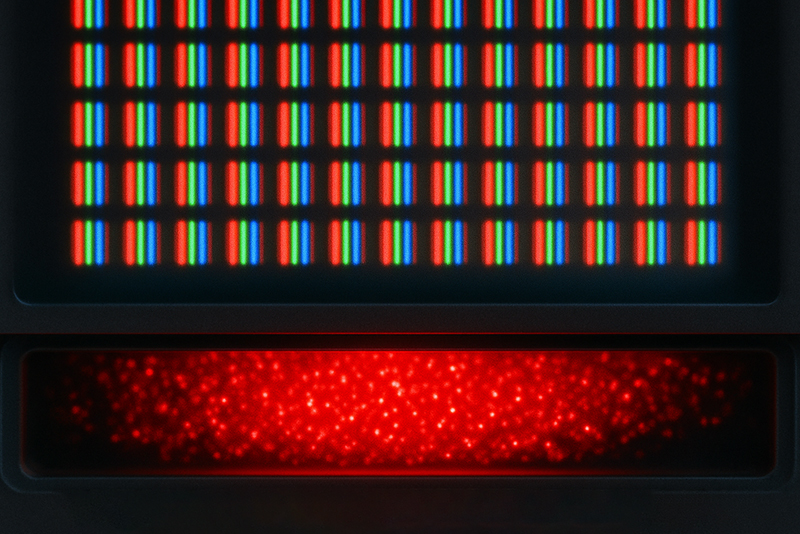
Functional ceramics refer to ceramics designed for special applications requiring superconductivity, magnetism, piezoelectricity, electro-optic property properties, etc. These materials are used in many fields, such as computer science, automatic control, sensor technology, bioengineering, and environmental science. Rare earth materials are closely related to functional ceramics, and this article will further explain their relationship.
Superconducting ceramics refer to ceramic materials with high-temperature superconducting properties. They also have zero resistance and diamagnetism. At present, the mainstream superconducting ceramic compositions include YBCuO, LaBaCuO, LaSrCuO, BaPbBi, etc. You will find that most of them contain rare earth elements.
Superconducting ceramics are used in the following major fields: 1) power transmission and distribution, 2) manufacturing of maglev trains, 3) manufacturing of ultra-high performance computers, 4) wastewater treatment and removal of poisons, and etc.
Optical ceramics, also known as transparent ceramics, refer to a functional ceramic that can transmit visible light. To produce ceramics with transparency, it is necessary to select high-purity, ultra-fine equiaxed crystals or materials with high-grade crystal axes as the main crystal phase, and strictly control the amount of modifying additives and sintering conditions. The following are commonly used optical ceramics: alumina, magnesia, yttrium trioxide (Y2O3), calcium oxide, thorium oxide (ThO2) and lead lanthanum zirconate titanate Ceramic (PLZT), etc. Rare earth elements are components of some optical ceramics.

Magnetic ceramics, also known as ferrite ceramics, are composite oxides composed of one or more metal elements mainly composed of iron. Ferrite is mostly a semiconductor, and its resistivity is much higher than that of general metal magnetic materials, which has the advantage of small eddy current loss.
According to the application, magnetic ceramic materials can be divided into hard magnetic materials and soft magnetic materials. The former is not easily magnetized or demagnetized. Typical hard magnetic materials are ferrite magnets and rare earth magnets, which are mainly used in magnets and magnetic storage elements. Soft magnetic materials are easy to magnetize and demagnetize, and the direction of the magnetic field can be changed. They are mainly used for electronic components that respond to alternating magnetic fields [1].
According to the crystal structure, magnetic ceramics can be divided into the spinels, the hexagonal ferrites, and the garnet ferrites [1]. Here we need to focus on the third one. The crystal structure of Garnet magnetic ceramics belongs to the equiaxed crystal system, and the chemical molecular formula is represented by M3(Fe5O12), where M represents trivalent rare-earth ions [2], such as Y3+, Sm3+, Eu3+, Dy3+, Tm3+, etc. Among this type of magnetic ceramics, yttrium ferrite 3Y2O3•5Fe2O3 is the most important one. It has high resistivity and extremely small high-frequency loss. It is a good ultra-high frequency microwave magnetic ceramic material.
Piezoelectric ceramics refer to a kind of functional ceramics with piezoelectric effect. To further explain the piezoelectric effect, it refers to the phenomenon of polarization (or electric field) induced by stress, or stress (or strain) induced by electric field; the former is a positive piezoelectric effect, and the latter is a negative piezoelectric effect. Perovskite type is the most widely used piezoelectric ceramics, including barium titanate, lead titanate, lead zirconate titanate, etc.

As we mentioned earlier, most superconducting ceramics contain rare earth elements as their constituents. For example, yttrium barium copper oxide (YBCO), an oxide ceramic with excellent high-temperature superconductivity, contains the rare earth element yttrium. In addition to being a constituent element, rare earths can also be used as additives in functional ceramics. After adding rare earth materials to some raw materials, the unique functions of functional ceramics such as cohesiveness, density, and strength have been greatly improved. Take lead titanate (PbTiO3), a typical piezoelectric ceramic with mechanical-energy-electrical coupling effect, as an example. It has a high Curie temperature (914°F) and low dielectric constant, so it can be used in high temperature and high frequency environments. However, this material is likely to develop microcracks due to the cubic/tetragonal phase transition during cooling. After adding La2O3, Sm2O3, Nd2O3, or other rare earth oxides into lead titanate, its microstructure is better, its density is higher, its dielectric constant is reduced, and its piezoelectric anisotropy is increased. Overall, its piezoelectric properties got better with the help of rare-earth materials.
In general, rare earth ceramics are widely used in functional ceramics. On one hand, it can be used as a constituent element of ceramic materials. On the other hand, it is used as an additive to enhance the performance of some functional ceramics. Stanford Materials Corporation is a worldwide supplier of various rare earth oxides, metals, alloys, advanced ceramic materials, and minerals. If you need high quality rare earth materials for ceramic manufacturing, please can visit us http://www.stanfordmaterials.com/ for more information.
Reference
[1] Ross, L. K. (n.d.). What Can the Functional Ceramics Be Used For? Advanced Ceramic Materials. https://www.preciseceramic.com/blog/what-can-the-functional-ceramics-be-used-for/
[2] Mason, T. O. (2016, March 22). magnetic ceramics. Encyclopedia Britannica. https://www.britannica.com/technology/magnetic-ceramics
Eric Loewen
Eric Loewen graduated from the University of Illinois studying applied chemistry. His educational background gives him a broad base from which to approach many topics. He has been working with topics about advanced materials for over 5 years at Stanford Materials Corporation (SMC). His main purpose in writing these articles is to provide a free, yet quality resource for readers. He welcomes feedback on typos, errors, or differences in opinion that readers come across.

 Inquiry List
Inquiry List


